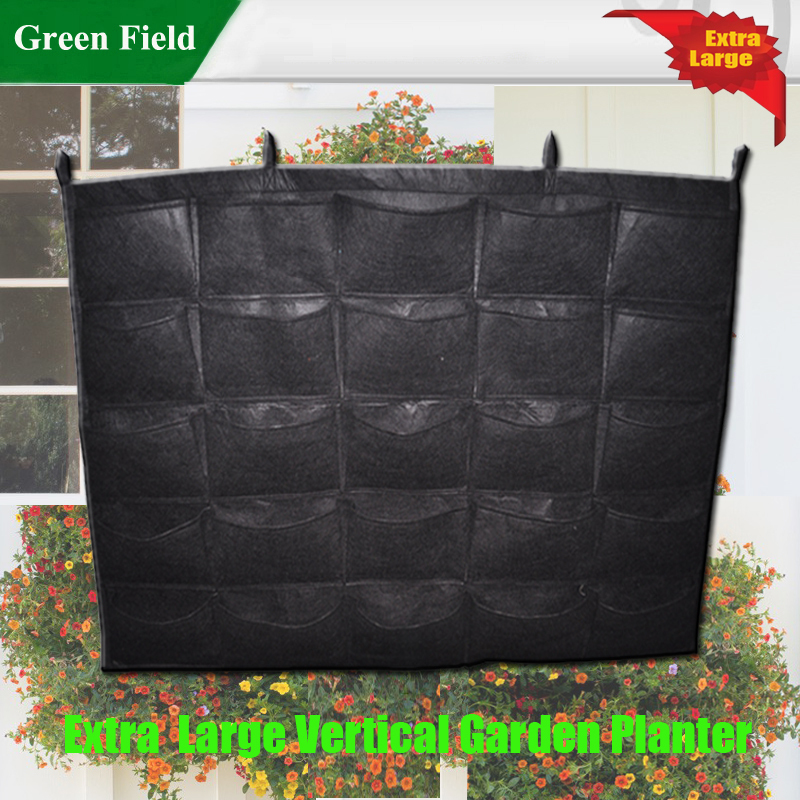When we had planned this meeting, we had agreed to host it at the "visitor center". I assumed it was the campus visitor center in the Union Building, but after waiting for 8 minutes with no landscapers to be seen, I called Sue and learned that they had all gathered at the Red Butte Gardens visitors center. It took about 20 minutes to bike the circuitous route to the garden center, a brutal reminder of the severe lack of clear paths through campus and Fort Douglas. When I finally arrived, it was to a spacious, well-ventilated roomful of thriving plants. The three women stood in front of a tapestry-like living wall, observing it like a Georgie O'Keefe masterpiece. Sue gave me a reassuring side-hug as I convened with the group. I felt 30 minutes of anxiety dissipate as everybody introduced themselves and we started in talking about the edible landscaping project.
Three main items came to light.
1. Pocket-style vertical garden planters are extremely expensive and high maintenance, especially outdoors. They are also not very edible-friendly. Although they make aesthetic gardens and are a great demonstration, I am tentative to jump into a commitment like this so soon.
The alternative that came out of today's discussion was the agreement that a grape arbor would make a great alternative. Grapes take about 3 years to establish and start producing. Iconic examples of thriving grapevines grace neighborhoods across Salt Lake City. Planting two grape plants with a climbing structure on the entryway to the Sustainability Resource Center, I think, would create a kind of Secret Garden appeal.
2. Plants: My initial list of plants was seriously assessed and advised by the trio of landscapers. The lowest-maintenance, water-wisest, highest producing, and most beautiful plants came out in a list looking like this:
Fruiting Shrubs:
Serviceberry
Grape
Herbaceous/Other Shrubs:
Rhubarb
Lavender
Sage
Small Herbs:
Thyme
Oregano
Flowers:
Echinacea
Daylilies
Yellow Sego Lily
Dwarf Rose (hips)
3. A contingency plan is imperative. I am in touch with Jen Colby, the Edible Campus Gardens Coordinator. Her reluctance to commit to a new project is almost as strong as Sue's. My temporary presence on this campus is important to the initiation of this plot, but after I leave, it needs to remain and sustain. I am designing for low-maintenance: watering once a week and public grazing to control harvest overflow. But to put Jen's mind at ease, I think that Grounds needs to stay involved as well. Right now, there are a few tall native grasses and Oregon Grape shrubs on site. These are pruned yearly. If Grounds can continue to prune the bushes and shrubs once a year, I think it will provide a continued connection with sustainability for them and be highly beneficial.


No comments:
Post a Comment